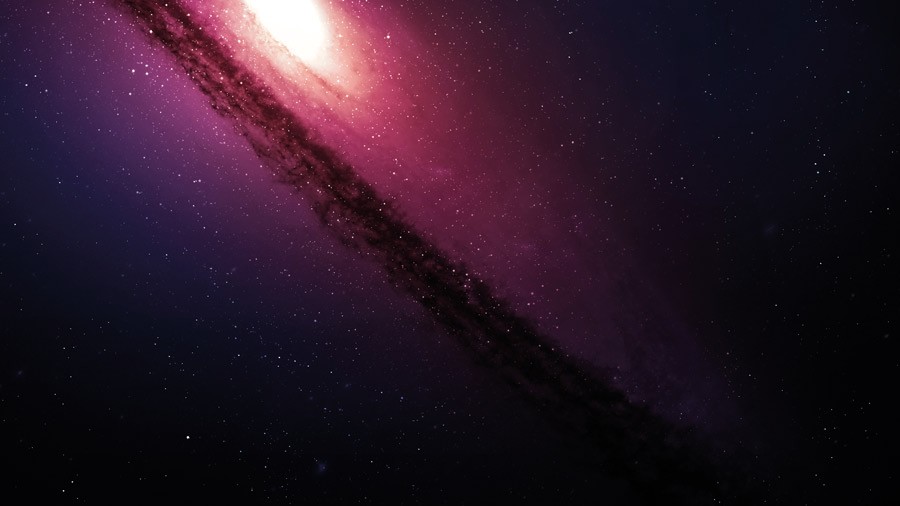 By Josef Borg
By Josef Borg
If you were to travel back in time to Earth’s distant past, about three billion years ago, you would find a planet bearing barely any semblance to today’s world. A toxic atmosphere primarily composed of methane swathed our planet as its surface, devoid of liquid water at the time, was incessantly bombarded by small asteroids. While time travel evades our current realm of possibilities, we do have a replica of this past, primordial Earth right in our cosmic backyard!
Titan, Saturn’s largest moon, is the only moon in our solar system that has a dense atmosphere with a composition similar to primordial Earth. Titan’s surface is shrouded from view with a haze layer containing organic constituents produced by the solar-powered breakdown of methane and nitrogen. Such molecules could be similar to counterpart molecules that gave rise to life here on Earth three billion years ago.
Stopping Titan’s march to become Earth 2.0 are its frigid temperatures which slow down the speed of reactions—vital to life. The rate is so low that the formation of any complex organic molecules, the building blocks of life, is close to impossible. For my undergraduate dissertation (supervised by Prof. Emmanuel Sinagra and Dr Noel Aquilina), I studied Titan’s ongoing atmospheric processes and modelled how its atmospheric composition and temperature would be expected to change over the next 7.6 billion years, as our Sun approaches the end of its lifetime.
As the Sun runs out of hydrogen fuel, it will rapidly swell to several times its current size, engulfing Mercury, Venus, and probably Earth. In turn, with the sun’s increase in size and luminosity, Titan’s atmosphere will heat up to temperatures that will allow the stability of ammonia/water pools on Titan’s surface to create those primordial ‘soups’ that are thought to have been the origins of life on Earth .
In understanding Titan’s atmospheric processes and their evolution, my study lends possibility to life beyond our planet. In about seven billion years, when life on Earth would have been long extinguished, a new oasis in the form of a lone moon orbiting a bloated, dying star could arise as a beacon of hope for new life to flourish.





Comments are closed for this article!